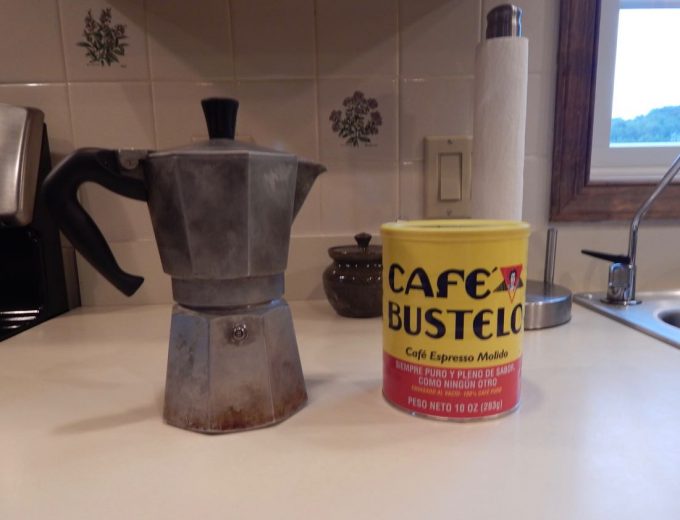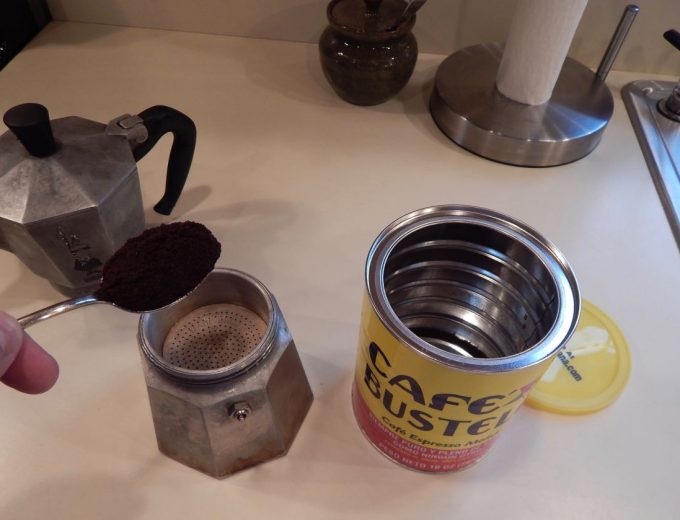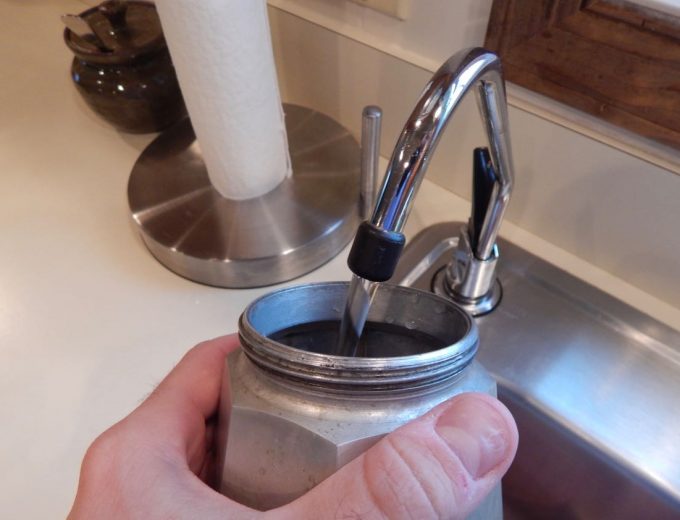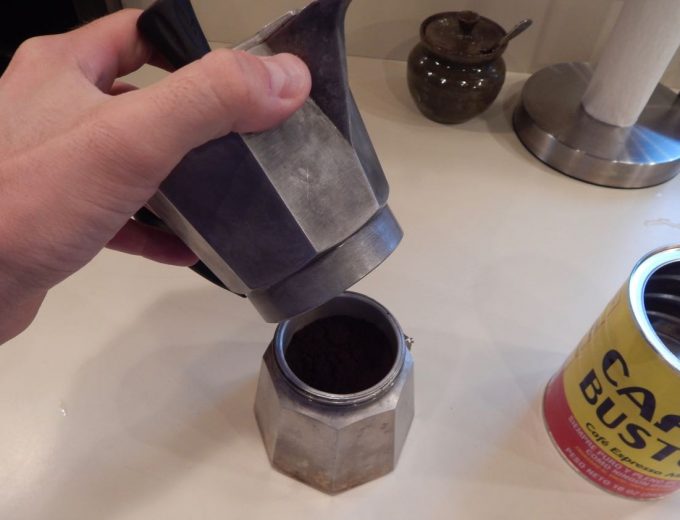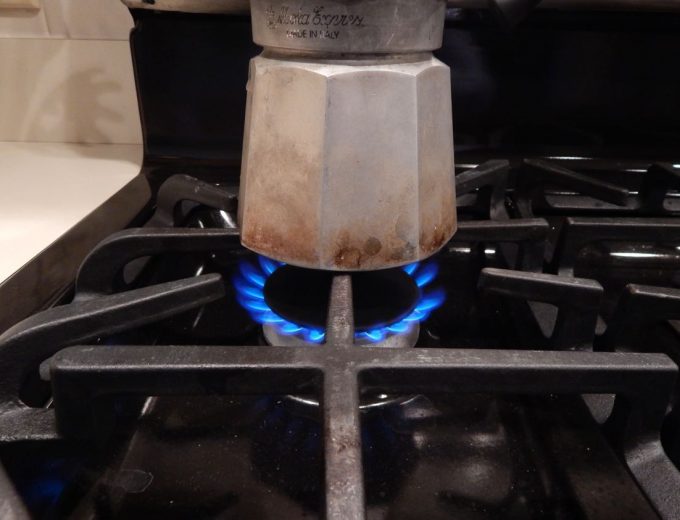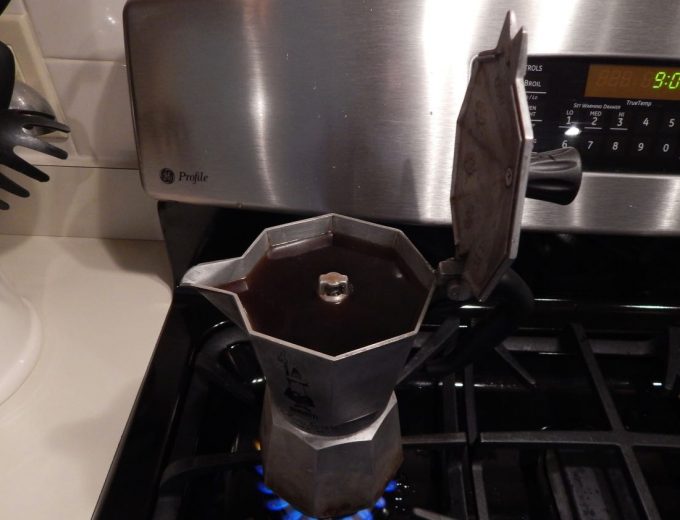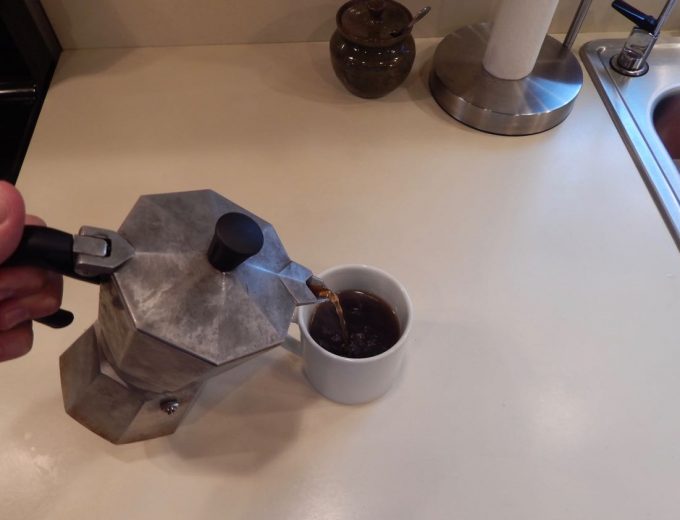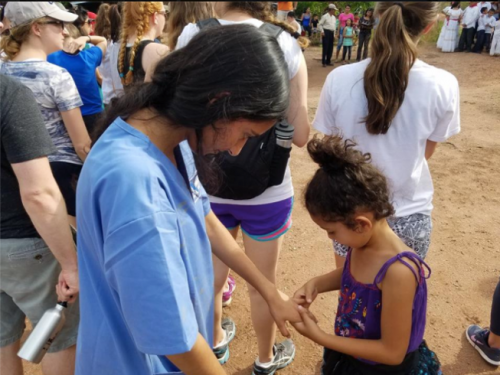Let’s face it, getting a good cup of coffee is pricey. So how do you get a semi-palatable brew without breaking the bank? If you follow Lifehacker and Forbes, you’ve probably started making your own coffee at home. Fortunately, there are plenty of brewing methods for students to choose from. But this glut of technology comes with growing pains, and a bit of confusion. Below are cost-effective methods and tips to get a gourmet brew at home.
AeroPress
The foldout directions that come with every AeroPress demonstrate how to make an
espresso. Rusty Obra wants you to think outside of the box. Obra is the 2015 US AeroPress and 2016 Eastern AeroPress champion. To start experimenting with different recipes, he suggests starting with this simple ratio: 17 grams of ground coffee, 220 ml of water. It’s a pretty standard mix, Obra says, but it gives you a baseline to work from. He adds, “I start with the ratio, then I make changes according to taste.”
Another tip: brew your coffee in the “inverted method.” Obra didn’t come up with the technique—here is a video to get the gist—nor is it ubiquitous on the pro circuit, he says. He likes to brew this way, because it makes a more concentrated coffee. In the traditional method, he explains, “as soon as you add water, gravity pulls the coffee through the filter,” which means less brewing time.
Cold Brew
Cold brew is the workhorse of brewing. “It is fast, easy and low maintenance,” says Avery Carroll, a New Paltz barista who has trained with Illy in Chicago and Cafe Umbria in Seattle. Carroll prefers cold brew because it saves her money. You can start with a cheap pitcher, like this one, and “you can use garbage, coffee and it will still make a decent brew,” she says. A typical cold brew calls for room temperature water, but you need heat in order to bring out the coffee’s flavor, or “profile.”
The fix? Submerge the ground coffee in hot water—just enough to cover the surface. This is called “blooming.” Let the coffee rest until a light-brown film bubbles to the surface. Then fill the pitcher with room-temperature water. After 24 hours you will have a coffee concentrate that can be enjoyed on its own like an espresso, or cut with hot water, like an Americano.
Pour Over
Finally, if you drink pour over coffee, familiarize yourself with every stage of the brewing process, says Moxie Cup owner, Josie Eriole. When it comes to beans, choose whole, which keep their freshness, over pre-ground. Get to know the different types of beans and their different flavor profiles. Opt for a burr grinder, which creates a more consistent texture. Use water that is not heavy with minerals. Also, try different water temperatures. Josie prefers her water at 200 degrees. As for the container, Eriloe uses a Chemex, but you have options.
Lastly, practice your pour. The goal is to saturate the beans and extract their distinct flavor. Josie prefers to pour in circles around the filter for minutes at a time. “If I pour for two minutes,” she says, “tomorrow I might pour for four minutes.” A nice slow pour means more extraction and more flavor.
